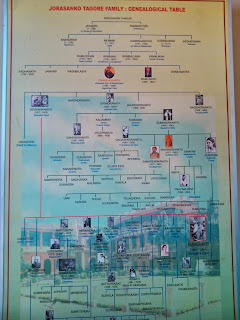Terracotta Mela At Panchmura, Bankura

Panchmura village - about 150 kms from Kolkata, is the home of traditional terracotta artists of Bengal. The annual terracotta fair will be held here on 4-6 November, 2016. Shoppers who delight in ethnic art-ware can choose from a range of traditional toys, small household artefacts, decorative items and jewellery, all made of terracotta.
The long-necked horse seen everywhere is the typical toy manufactured here by the clay artists. During this festival, the houses of artisans would be decorated by various terracotta products, from where anyone can buy. There will be no stall of these handmade products in the fair.
Panchmura village of Bankura district, near Bishnupur, is the home of about 300 artists making terracotta items. Terracotta means baked clay. The crafts persons colour their products with clay itself and fire them in kilns with the help of dry eucalyptus leaves. Various animals and human statues are being made here by terracotta clay for decoration purposes.
The terracotta of Panchmura is a symbol of Indian handicraft and the terracotta horses have come to be regarded as a symbol of artistic excellence of Indian rural handicrafts. One can witness the process of making the beautiful artifacts. Bankura district produces a number of terracotta handicrafts, the most popular being the Bankura horse snd elephant. It has been praised for its elegant stance and unique abstraction of basic values. The Panchmura-style of pottery is considered the best and the finest. Manasachali is another popular product. The potters of Panchmura turn out thousands of Manasachali for worshipping Manasa or the snake goddess.
Panchmura village is connected by car from both Bankura and Bishnupur railway stations. Bus service is also available.
One can stay at artists' houses at Panchmura where hot cooked Indian meal is provided at breakfast, lunch and dinner. There are provisions for tea and mineral water too. One can stay at hotels in Bishnupur town too.



Comments